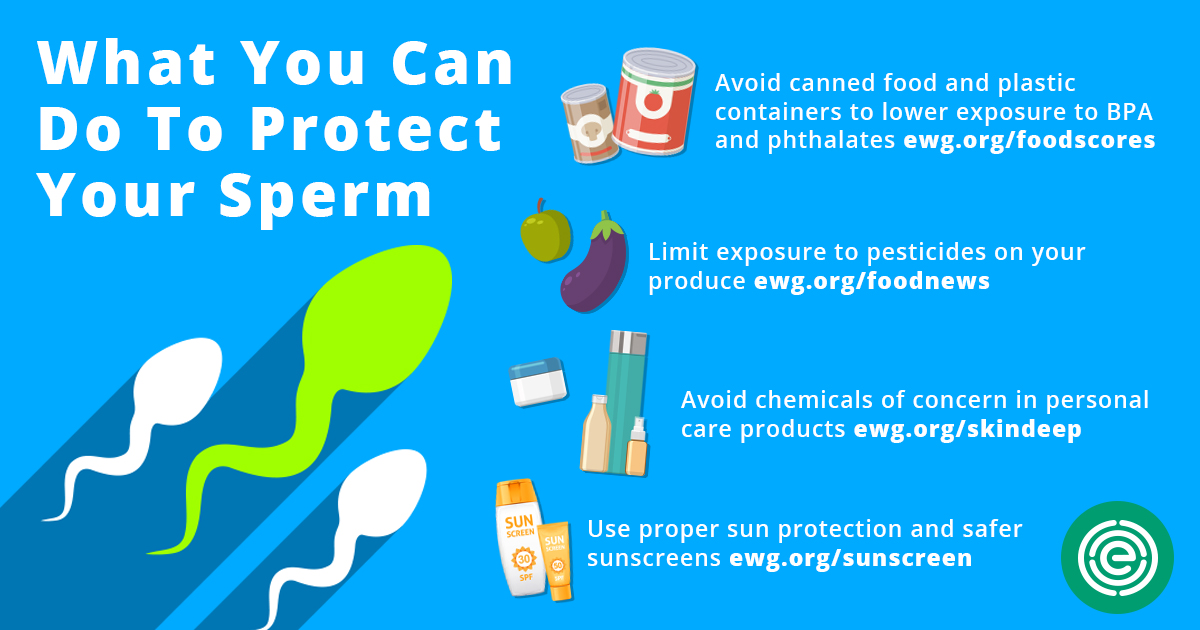
In his most recent op-ed in the New York Times, Nicholas Kristof examined an alarming rise in sperm or semen abnormalities – including misshapen sperm, lower sperm counts and poor swimming capacity. These qualities have been linked to infertility among men, and according to the American Society for Reproductive Medicine, the male partner is either the sole or a contributing cause in about 40 percent of infertile couples.
In the column, several eminent scientists in the field cite endocrine-disrupting chemicals as likely culprits for these sperm woes. From active ingredients in sunscreens to chemicals in plastics, these environmental pollutants mimic hormones and may affect how the male reproductive system develops.
So what’s a man to do?
EWG released a report in 2014 to illuminate some surprising scientific findings related to men’s environmental health issues – like fertility, prostate cancer, heart disease and skin cancer – and to provide men with advice on how to lower their chemical exposures.
And good news, there are ways for men to protect their little swimmers. Here’s a quick list:
- Avoid canned foods and plastic containers to dramatically lower exposure to BPA and other plastic chemicals like phthalates.
- Choose conventionally grown fruits and vegetables that have the fewest pesticide residues and buy the organic versions of produce on EWG’s Dirty DozenTM list of fruits and vegetables with the most pesticide residues.
- Consult EWG’s Skin Deep® Cosmetics Database of nearly 65,000 personal care products to find deodorants, soaps, lotions and shampoos that are free of toxic chemicals.
- Learn more about skin cancer and melanoma, use proper sun protection and have regular skin checks with a dermatologist. Consult EWG’s annual guide to sunscreens to find the safest, most effective sunblock products.




